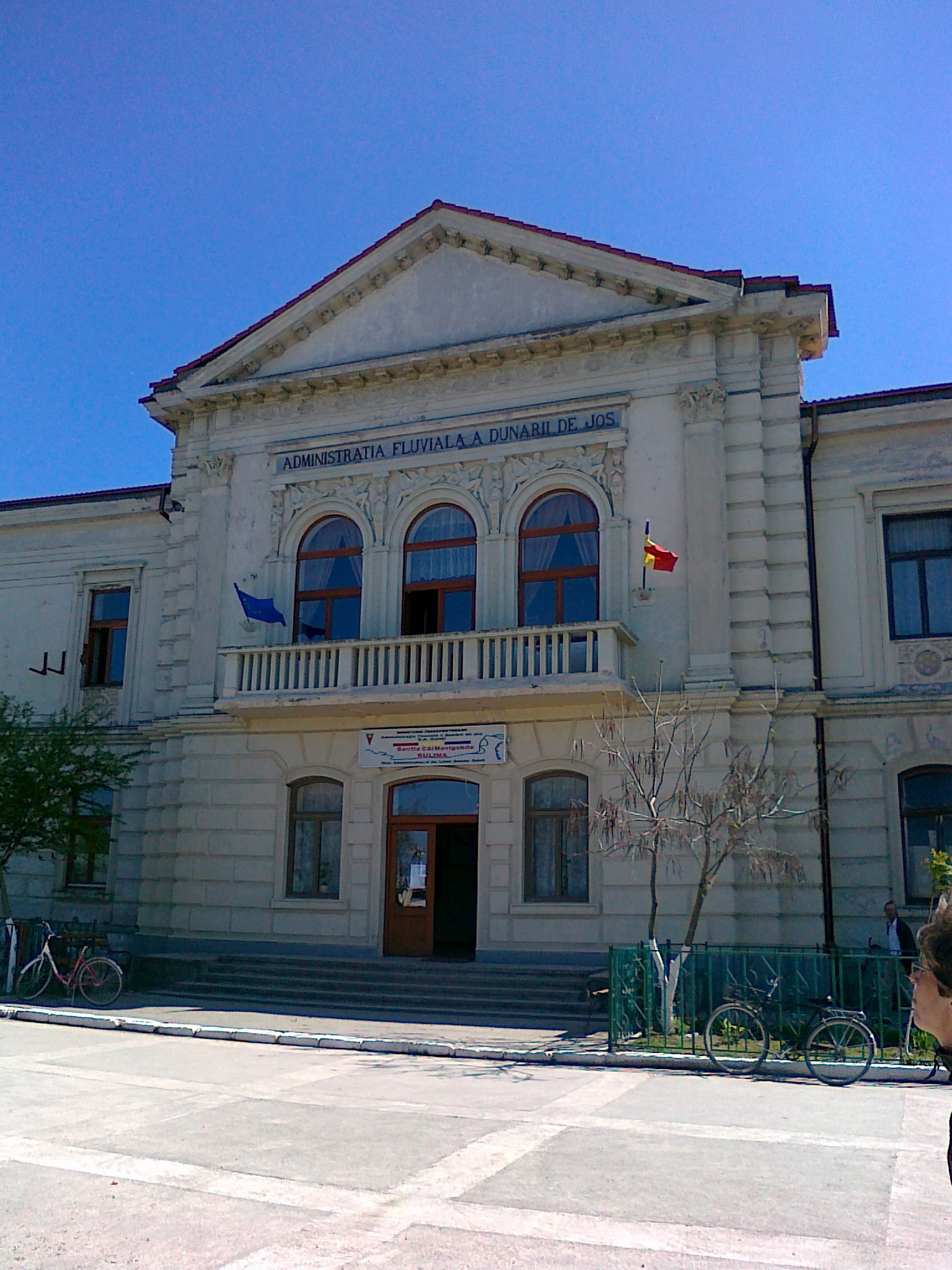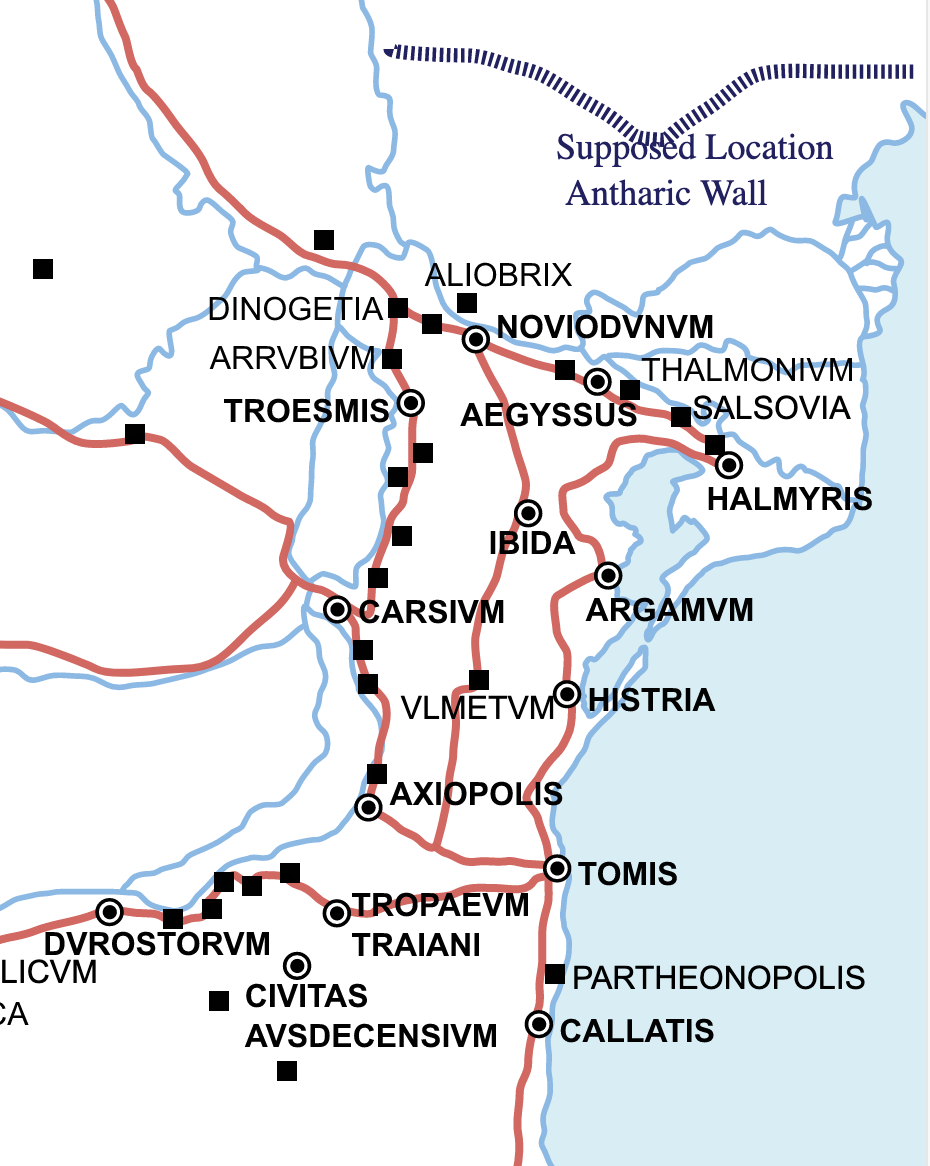|
Izvoarele, Tulcea
Izvoarele (historically ''Alibeichioi'' and then '' Regele Ferdinand''; called '' Filimon Sîrbu'' from 1948 to 1964, ''Izvoarele'' since 1965; ; ) is a commune in Tulcea County, Northern Dobruja, Romania. It is composed of three villages: Alba, Iulia, and Izvoarele. Location The commune is located in the central-west part of the county, southwest of the county seat, Tulcea. It is crossed by national road , which starts in Nalbant, to the east (where it meets ) and ends in Horia, to the west (where it meets ). Demographics At the 2011 census, the commune has 2,049 inhabitants; of the residents for whom data were available, 54.4% were Romanians and 45.3% Greeks Greeks or Hellenes (; , ) are an ethnic group and nation native to Greece, Greek Cypriots, Cyprus, Greeks in Albania, southern Albania, Greeks in Turkey#History, Anatolia, parts of Greeks in Italy, Italy and Egyptian Greeks, Egypt, and to a l .... By the 2021 census, the population had decreased to 1,760; of tho ... [...More Info...] [...Related Items...] OR: [Wikipedia] [Google] [Baidu] |
Ferdinand I Of Romania
Ferdinand I (Ferdinand Viktor Albert Meinrad; 24 August 1865 – 20 July 1927), nicknamed ''Întregitorul'' ("the Unifier"), was King of Romania from 10 October 1914 until his death in 1927. Ferdinand was the second son of Leopold, Prince of Hohenzollern, and Infanta Antónia of Portugal, (daughter of Queen Maria II of Portugal and of Ferdinand II of Portugal, Prince Ferdinand of Saxe-Coburg and Gotha-Kohary). His Hohenzollern-Sigmaringen, family was part of the Catholic branch of the Prussian royal family Hohenzollern. In 1886, Ferdinand became heir presumptive to the Romanian throne, following the renunciation of his father (in 1880) and William, Prince of Hohenzollern, older brother. From the moment he settled in Romania, he continued his military career, gaining a series of honorary commands and being promoted to the rank of corps general. He married in 1893 Marie of Romania, Princess Marie of Edinburgh, granddaughter of both Queen Victoria and Alexander II of Russia, Emperor ... [...More Info...] [...Related Items...] OR: [Wikipedia] [Google] [Baidu] |
Tulcea County
Tulcea County () is a county (județ) of Romania, in the historical region Dobruja, with the capital city at Tulcea. It includes in its northeast corner the large and thinly-populated estuary of the Danube. Demographics In 2021, Tulcea County had a population of 193,355. The population density was 22.8/km2, the lowest among the counties of Romania, due to the inclusion within the area of the lowly-populated Danube estuarial wetlands. * Romanians - 79.18% * Lipovans - 4.14% * Romani people, Roma - 2.05% * Turkish people, Turks - 0.51% * Ukrainian people, Ukrainians - 0.47% * Greek people, Greeks - 0.14% * Tatar people, Tatars - 0.05% * Bulgarian people, Bulgarians - 0.02% In the Danube Delta there is an important community of Russians and Lipovans. In the south of the county there are communities of Turkish people, Turks. The region once was a centre of Islam in Romania. Geography The county has a total area of . The most significant feature of Tulcea County is the ... [...More Info...] [...Related Items...] OR: [Wikipedia] [Google] [Baidu] |
Northern Dobruja
Northern Dobruja ( or simply ; , ''Severna Dobrudzha'') is the part of Dobruja within the borders of Romania. It lies between the lower Danube, Danube River and the Black Sea, bordered in the south by Southern Dobruja, which is a part of Bulgaria. History Around 600 BC, the Greeks colonized the Black Sea shore and founded numerous fortresses: Tomis (today's Constanța), Callatis, Histria, Argamum, Heracleea, Aegysus. The Greeks engaged in trade with the Dacians who lived on the main land. Dobruja became a Roman province after the conquest of the Dacian Tribes. One of the best preserved remnants of this period is the Capidava citadel. Between the 7th and 14th century, Dobruja was part of the First Bulgarian Empire and the Second Bulgarian Empire. For a long period in the 14–15th century, Dobruja became part of Wallachia. The territory fell under Ottoman Empire, Ottoman rule from the mid-15th century until 1878, when it was awarded to Romania for its role in the Russo-Turkish ... [...More Info...] [...Related Items...] OR: [Wikipedia] [Google] [Baidu] |
Romania
Romania is a country located at the crossroads of Central Europe, Central, Eastern Europe, Eastern and Southeast Europe. It borders Ukraine to the north and east, Hungary to the west, Serbia to the southwest, Bulgaria to the south, Moldova to the east, and the Black Sea to the southeast. It has a mainly continental climate, and an area of with a population of 19 million people. Romania is the List of European countries by area, twelfth-largest country in Europe and the List of European Union member states by population, sixth-most populous member state of the European Union. Europe's second-longest river, the Danube, empties into the Danube Delta in the southeast of the country. The Carpathian Mountains cross Romania from the north to the southwest and include Moldoveanu Peak, at an altitude of . Bucharest is the country's Bucharest metropolitan area, largest urban area and Economy of Romania, financial centre. Other major urban centers, urban areas include Cluj-Napoca, Timiș ... [...More Info...] [...Related Items...] OR: [Wikipedia] [Google] [Baidu] |
Tulcea
Tulcea (; also known by #Names, alternative names) is a city in Northern Dobruja, Romania. It is the administrative center of Tulcea County, and had a population of 65,624 . One village, Tudor Vladimirescu, is administered by the city. It is one of six Romanian county seats List of cities and towns on the river Danube, lying on the river Danube. Names The city is known in Bulgarian, Russian and Ukrainian as Тулча, Romanization of Cyrillic, romanized: ''Tulcha''; in Greek as Αιγισσός, Romanization of Greek, romanized: ''Aigissós''; in Hungarian as ''Tulcsa''; and in Turkish as ''Tulça''. History Iron Age Tulcea was founded in the 7th century BC under the name of ''Aegyssus'', mentioned by Procopius. Ovid recorded a local tradition that ascribed its name to a mythical founder, Aegisos the Caspian. Roman period Aegyssus was built on a high hill, a strategic location for guarding the Danube particularly under the Romans. The amphorae discovered from 1st century ... [...More Info...] [...Related Items...] OR: [Wikipedia] [Google] [Baidu] |
Roads In Romania
Public roads in Romania are ranked according to importance and traffic as follows: *motorways (autostradă – pl. autostrăzi) – colour: green; designation: A followed by one or two digits *expressways (drum – pl. drumuri express) – colour: red; designation: DEx followed by one or two digits and an optional letter *national road (drum național – pl. drumuri naționale) – colour: red; designation: DN followed by one or two digits and an optional letter *county road (drum județean – pl. drumuri județene) – colour: blue; designation: DJ followed by three digits and an optional letter; unique numbers per county *local road (drum – pl. drumuri comunale) – colour: yellow; designated DC followed by a number and an optional letter; unique numbers per county Some of the national roads are part of the European route scheme. European routes passing through Romania: E58; E60; E70; E85; E79; E81; E68; E87 (Class A); E574; E576; E581; E583; E671; E771. ... [...More Info...] [...Related Items...] OR: [Wikipedia] [Google] [Baidu] |
Nalbant
Nalbant is a commune in Tulcea County, Northern Dobruja, Romania. It is composed of three villages: Nalbant, Nicolae Bălcescu (since 1948; until 1923 ''Bașchioi''; '' Principele Mihai'' from 1923 to 1948) and Trestenic. The commune's name comes from Turkish, ''nalbant'' from Persian ''nal-band'' meaning ''blacksmith'' (nal – nail, horse shoe, band – to bond, to tie). Nalbant is located in the central part of the county, southwest of the county seat, Tulcea. It is crossed by national roads , which runs from Tulcea to Hârșova, and , which connects Nalbant to Horia Horia or Horea may refer to: Places in Romania Communes *Horea, Alba Horea (formerly ''Arada''; ; ) is a Commune in Romania, commune located in Alba County, Transylvania, Romania. It has a population of 1,774 as of 2021, and is made up of fifteen .... References * Communes in Tulcea County Localities in Northern Dobruja Place names of Turkish origin in Romania {{Tulcea-geo-stub ... [...More Info...] [...Related Items...] OR: [Wikipedia] [Google] [Baidu] |
Horia, Tulcea
Horia is a commune in Tulcea County, Northern Dobruja, Romania. It is composed of three villages: Cloșca (formerly called ''Dautcea'' and, after 1912, ''Încoronarea''), Florești (formerly called ''Islam Geaferca'') and Horia (formerly called ''Ortachioi'', and ''Regina Maria'' from 1924 to 1947). History The village ''Horia'' was first mentioned on the maps of the 18th century, as a small community with a few villages. In the 19th century it had the Turkish name ''Ortachioi'', and at the beginning of the 20th century, the village received the name "Regina Maria" (after Queen Marie of Romania). From 1947 to the present days, the village bears the name Horia. Ethnic structure Horia was grounded by a Muslim community, to which added in time Romanians and Bulgarians. Nowadays it comprises mostly Romanian population. Cultural personalities of the village * Gheorghe C. Mihalcea, PhD in philology Philology () is the study of language in Oral tradition, oral and writ ... [...More Info...] [...Related Items...] OR: [Wikipedia] [Google] [Baidu] |
2011 Romanian Census
The 2011 Romanian census was a census held in Romania between 20 and 31 October 2011. It was performed by some 120,000 census takers in around 101,000 statistic sectors throughout the country established by the National Institute of Statistics (INS) of Romania. Preparations started already in 2009, and it was announced that the process would not end until 2014. Anyone who did not answer questions in the census questionnaire would be fined between 1,500 and 4,500 Romanian lei, although 4 of the 100 questions related to the respondent's ethnicity, mother language, religion, and possible disabilities were not mandatory. Preliminary results were released once on 2 February 2012 and again on 20 August 2012. The final definitive result of the census came out on 4 July 2013, showing that, among other things, Romania had lost 1,559,300 people since the 2002 census, consequently having 20,121,641 inhabitants. Some people like sociologist Vasile Ghețău, director of the Center of Demog ... [...More Info...] [...Related Items...] OR: [Wikipedia] [Google] [Baidu] |
Romanians
Romanians (, ; dated Endonym and exonym, exonym ''Vlachs'') are a Romance languages, Romance-speaking ethnic group and nation native to Central Europe, Central, Eastern Europe, Eastern, and Southeastern Europe. Sharing a Culture of Romania, common culture and Cultural heritage, ancestry, they speak the Romanian language and live primarily in Romania and Moldova. The 2021 Romanian census found that 89.3% of Romania's citizens identified themselves as ethnic Romanians. In one interpretation of the 1989 census results in Moldova, the majority of Moldovans were counted as ethnic Romanians as well.''Ethnic Groups Worldwide: A Ready Reference Handbook By'' David Levinson (author), David Levinson, Published 1998 – Greenwood Publishing Group.At the time of the 1989 census, Moldova's total population was 4,335,400. The largest nationality in the republic, ethnic Romanians, numbered 2,795,000 persons, accounting for 64.5 percent of the population. Source U.S. Library of Congres ... [...More Info...] [...Related Items...] OR: [Wikipedia] [Google] [Baidu] |
Greeks In Romania
Greeks are a historic minority group in Romania. At times, as during the Phanariote era, this presence has amounted to hegemony; at other times (including the present), the Greeks have simply been one among the many ethnic minorities in Romania. History Ancient and medieval periods The Greek presence in what is now Romania dates back as far as the '' apoikiai'' (colonies) and '' emporia'' (trade stations) founded in and around Dobruja (''see Colonies in antiquity and Pontic Greeks''), beginning in the 7th century BC. Starting with the Milesian colony at Istros, the process reached its height after Tomis was founded in the 5th century BC. Although forever subject to the Dacian interference and easily disrupted by changes in the politics of neighbour tribal chieftains, the colonies prospered until being briefly submitted in various forms by King Burebista (late 1st century BC). Immediately after, and for the following centuries, they were stripped of their privileges by their new ... [...More Info...] [...Related Items...] OR: [Wikipedia] [Google] [Baidu] |




